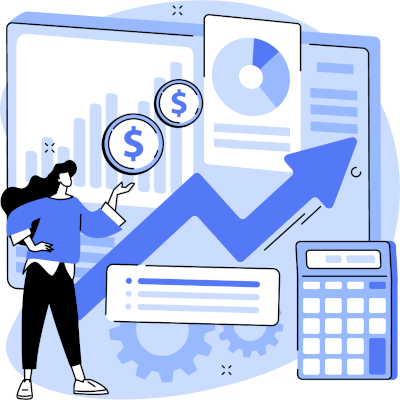What You Need to Know about the Security Operations Center Market in Switzerland
Managed security services providers in Switzerland are seeing success with the security operations center (SOC) model.
ISG can help you differentiate, gain awareness in the market and grow. Everything we do for your growth strategy is based on ISG’s unique practitioner-led approach and our expertise in outsourcing, managed services and all things digital.
Partner with ISG for ground-breaking custom research to educate the market and your buyers. Connect with new audiences as a sponsor of ISG events and participate in ISG Research to showcase your credentials.

Guide your growth strategy with our data-driven and practitioner-led solutions. They help you better understand market demand, price to win, and actively engage with ISG advisors to optimize your pursuit capabilities.
ISG is a leader in proprietary research, advisory consulting and executive event services focused on market trends and disruptive technologies.
Get the insight and guidance you need to accelerate growth and create more value.
Learn MoreThe digital workplace software market has undergone a significant transformation since FY24, driven by the convergence of hybrid work models, AI innovation and heightened expectations for EX. The post-pandemic normalization of remote and hybrid work has solidified the need for robust digital workplace infrastructures that support productivity, collaboration and security across distributed environments.
ESM is a nascent software category with extreme variability in how vendors approach the discipline and the functionalities offered in their software. A true ESM solution sits atop the enterprises’ technology stack and manages the ITSM system and all other enterprise applications and business systems, including ERP, CRM, finance, sales, OT big data CloudOps and more. Most packaged ESM software solutions are not at this level today, but they do provide the pathways to achieve it. How well developed their pathways toward an integrated environment are, differentiates ESM software vendors.
In 2024, GenAI was a promising disruptor. In 2025, it is a foundational capability. U.S. enterprises are no longer piloting GenAI. They are embedding it across workplace services, from AI copilots and agentic automation to predictive analytics and immersive collaboration. According to ISG’s analysis of public research, over 75 percent of large enterprises use GenAI in at least one business function, with workplace services among the most active domains.
Including AI and related technologies has paved the way for reinventing the entire ADM lifecycle to explore possible methods and approaches to delivering services that realize significant benefits for both enterprises and service providers. These benefits realized have introduced new scenarios that they must consider; hence, they have reconsidered contractual terms to ensure that these scenarios are considered for mutual benefit.
In 2025, the U.S. public sector — especially state, local and education (SLED) organizations is undergoing a profound transformation in how digital workplace services are conceived, procured and implemented.